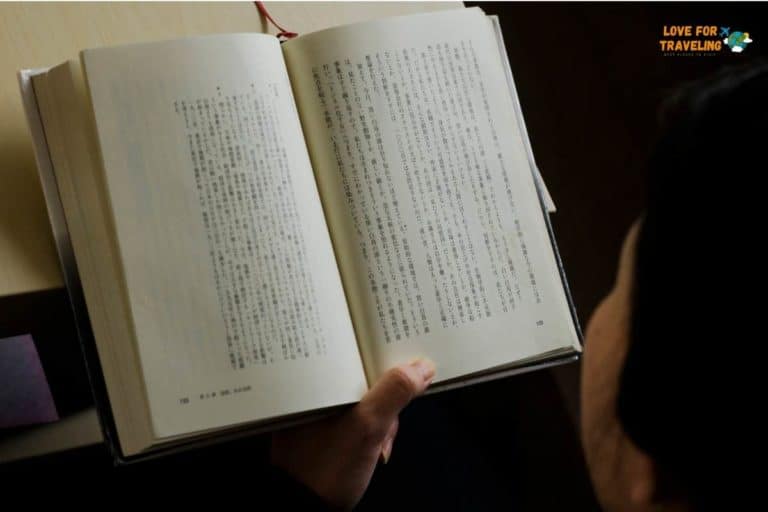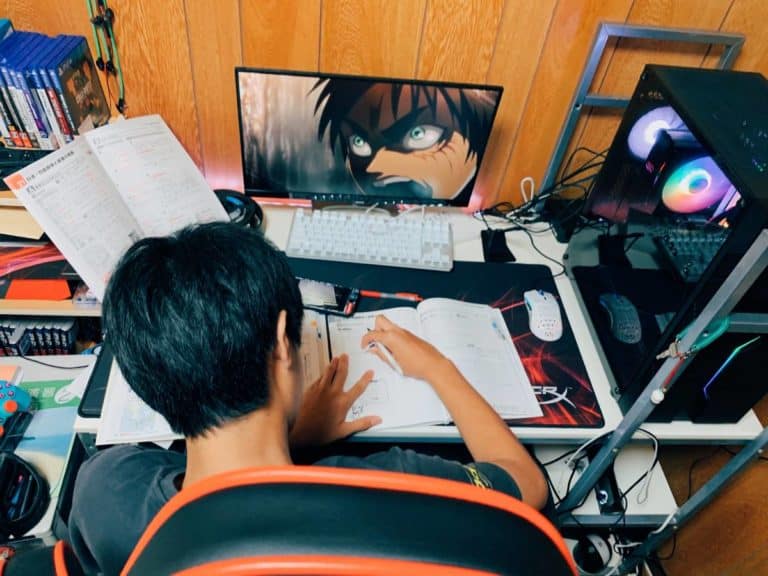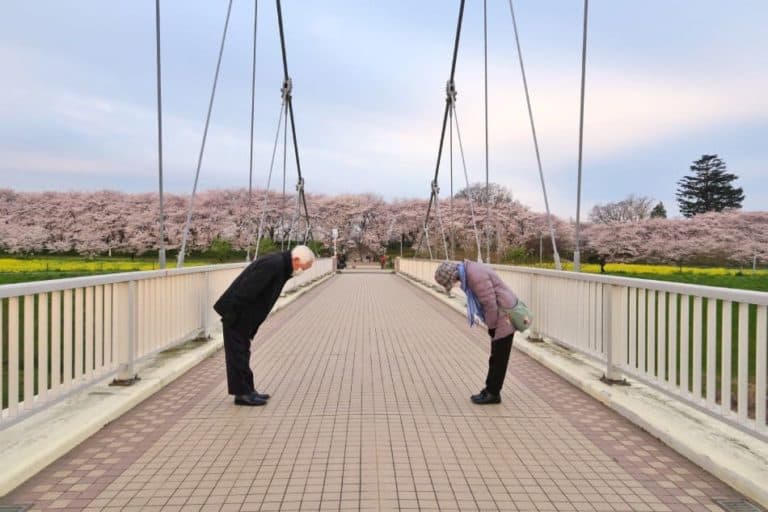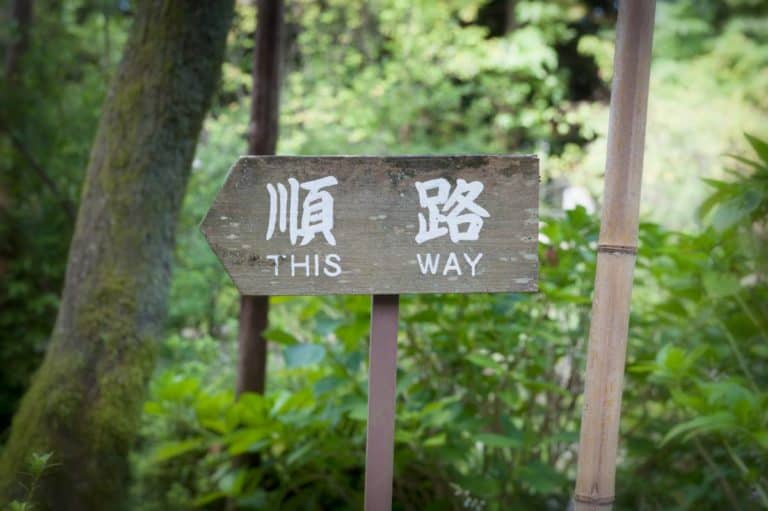How Many Kanji Do Japanese Know? Get The Answer!
In the “educated West,” many teenagers leave school unable to spell and use grammar correctly, using a language with only 26 letters.
But in Japan, there are 4 writing systems, including thousands of kanji, which are Chinese characters that most people know.
How many kanji do the Japanese people know, and how many do they need to know?
Japanese children learn 1006 kanji in elementary and about 1000 in secondary school. The Ministry of Education and Sciences requires everyone to know the joyo kanji in general use. College-educated people can read between 3000 and 5000 kanji, depending on the level of study achieved.
The Japanese writing system is incredibly vast and complex. The Dai Kan-Wa Jiten, or Japanese Dictionary, contains more than 50 000 characters and lists 530 000 compound words.
Even though mastering the kanji during the school years is not easy, you will get through life reasonably quickly if you can read and write all of them.
How Many Kanji People Need To Know For Fluency
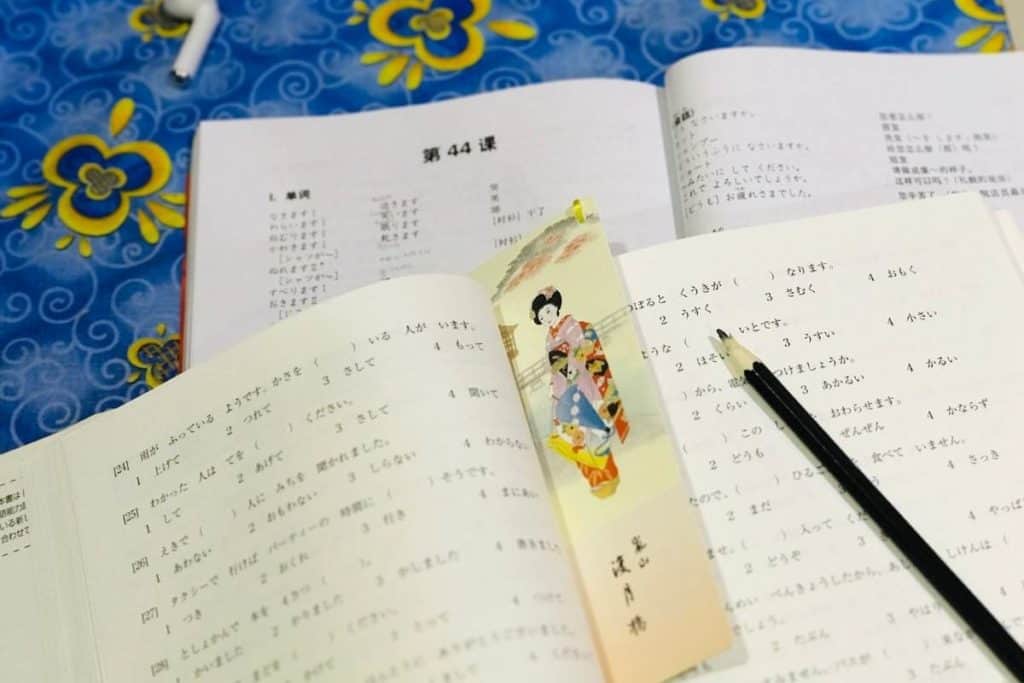
Westerners depend on an alphabet with 26 letters that can make up words when we join them together, and it’s inconceivable that people in Japan can learn and remember so many characters.
They seem to know 2000 to 5000 kanji, the basics they learn at school. But it’s not the same as remembering 2000 or more stand-alone letters, which then have to join to form words.
Modern Japanese combines logographic characters and kana, which comprise two syllabaries.
Hiragana is used mainly for indigenous Japanese words and grammar, while katakana pertains primarily to foreign names and words to emphasize something, scientific terms, and onomatopoeia.
Kanji is made up of little units called radicals. Comparatively, radicals could equate to our letters and kanji to our words.
Sometimes they join a few kanji together to form a compound word. Once you know enough kanji, you can understand compound words when you recognize some of the combined kaji and radicals you’ve already learned.
To surpass the elementary school level, a student must memorize the radicals comprising the individual kanji and the characters that join to form compound words.
Many characters symbolize real-life objects or concepts. These are called ideograms. Radicals aren’t ideograms and don’t have specific pronunciations but often have associated meanings.
The Classification Of Kanji
There are six types of kanji, classified by a Chinese scholar named Xu Shen.
- Shokei-moji is little sketches of objects that they symbolize.
- Shiji-moji is simple pictures representing abstract ideas, e.g., direction.
- Kaii-moji is compound ideographs, pictographs that link up to give an overall impression.
- Keisei-moji can be understood as phono-semantic characters. They usually consist of two parts, one that points to the meaning and the other to the pronunciation.
- Tenchu-moji has vaguely defined characters that could relate to kanji with meanings that have been extended to refer to various things.
- Kasha-moji is known as “phonetic loan characters,” where a pictograph for a certain word sounds the same as another verb, and the kanji then becomes the pictograph for that word instead.
Speaking Fluent Japanese
If you want to speak Japanese fluently, you don’t need to know any kanji. It is possible to learn a language without putting pen to paper or reading a single letter or character in Japan’s case.
But it will not propel you towards success in anything you want to achieve that involves more than listening and speaking. After all, you will be on the same level as a preschooler.
To not pursue the study of kanji would lead you on a fast track to nowhere in Japan. It is impossible to learn phonetically as we do in English or other typical writing systems.
It is also not likely that you could guess the meaning due to the complexity of the thousands of characters.
Reading And Writing Japanese
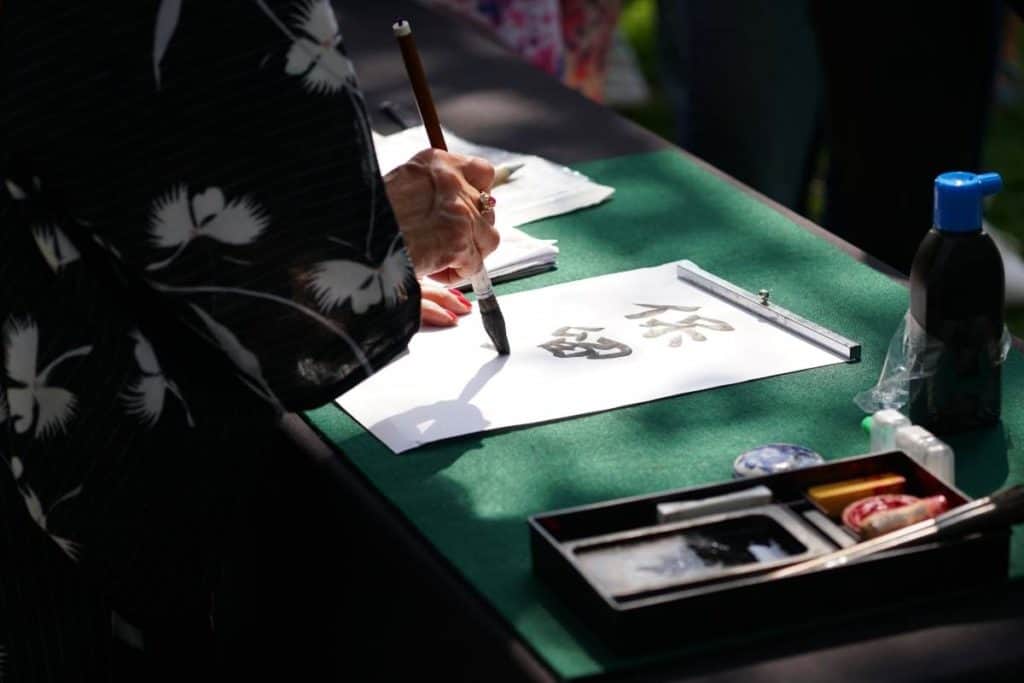
The traditional writing format is known as tategaki. Japanese write in columns, in the direction of top to bottom, and work from right to left.
When they reach the bottom of the column, they will start again at the top of the next one on the left. Another modern version called yokogaki reads from left to right horizontally.
There are no gaps between words in Japanese writing.
The Japanese period and commas serve the same purpose as their English counterparts, and question marks and exclamation marks are reserved strictly for informal writing. Japanese people don’t often use semicolons or colons.
Most kanji can be pronounced in more ways than one.
The differing pronunciations are known as readings. Most correspond to either a Chinese or Japanese pronunciation, although not all.
Kanji Tests
JLPT is the abbreviation for the Japanese Language Proficiency Test. It is divided into five levels, with N5 rated the easiest and N1 the most difficult.
The N5 skill level means that you can read basic Japanese and understand simple conversations about life in general. Your vocabulary should include about 800 words.
The Kanji Kentei is a test provided by the government. It also tests the language’s proficiency in reading and writing, with the topmost level testing approximately 6000 kanji.
The History Of The Japanese Writing System
Japan first developed a writing system for their spoken language around the 8th century when the people adopted Chinese characters.
The kanji are largely used to write verb roots, adjectives, and nouns.
Initially, the Japanese did not use Chinese characters for writing because literacy meant that people would be fluent in Classical Chinese.
Eventually, they developed a system known as kanbun, using kanji and a variation of Chinese grammar to point to the Japanese translation.
The Japanese used it to write the earliest version of Japanese history, the Kojiki, around 712.
FAQ:
Do the Japanese use a lot of kanji?
Not at all. The Japanese use minimal kanji daily and even less than this number in writing. At the same time, they read it just fine.
A kanji is a form of writing that uses pictographs to make a word distinct from other words to show its meaning to the reader. It was brought over from China and has been used in Japanese writing since then.
The Japanese language is usually written with kana, but when they need to use kanji, they use mixed kana and kanji instead of pure kanji.
Why?
Japanese people believe it is better to use simpler forms because so many characters are complex for native Japanese children to learn.
They would instead use mixed kana/kanji than pure kanji when they need to use kanji, though it seems more complicated to read.
Conclusion
With its complicated format, Japanese must be one of the most challenging languages to learn.
When you can understand an intimidating set of thousands of characters and read and write them, it is evident that intelligence, education, and discipline underpin this technologically advanced nation.
If you think English grammar is difficult, try Japanese!
References


